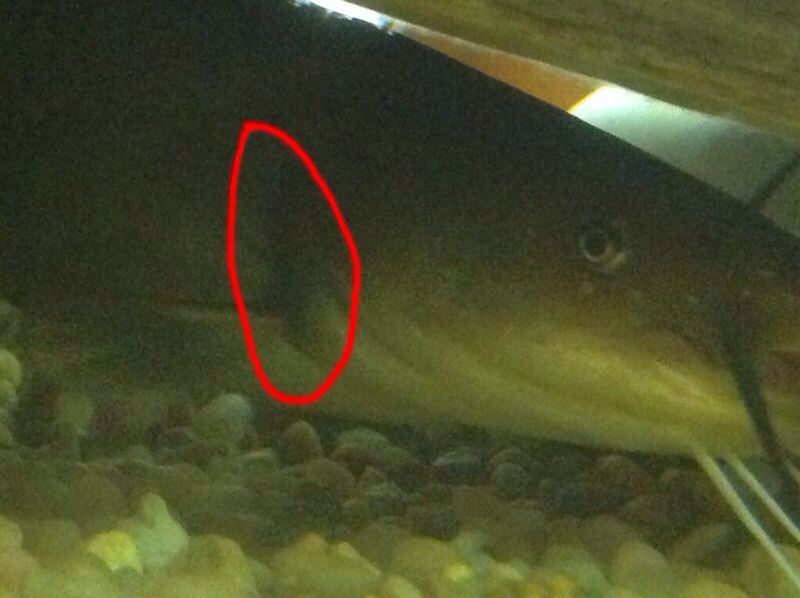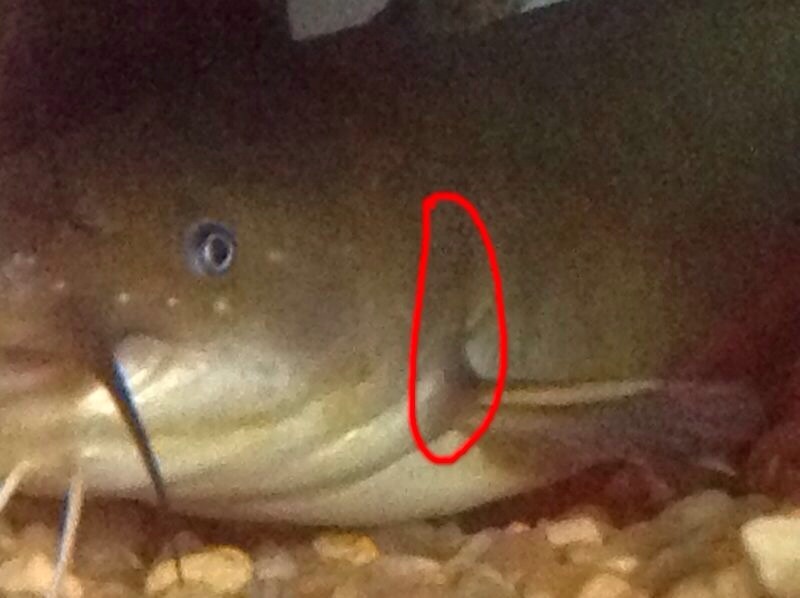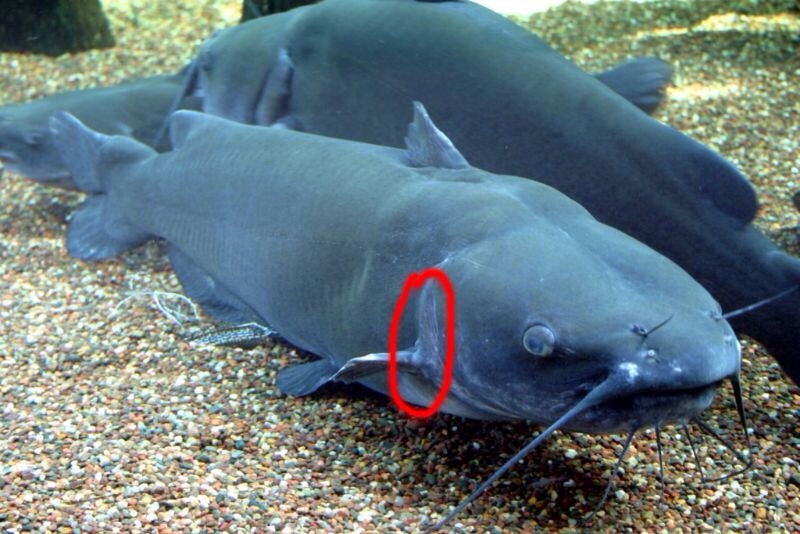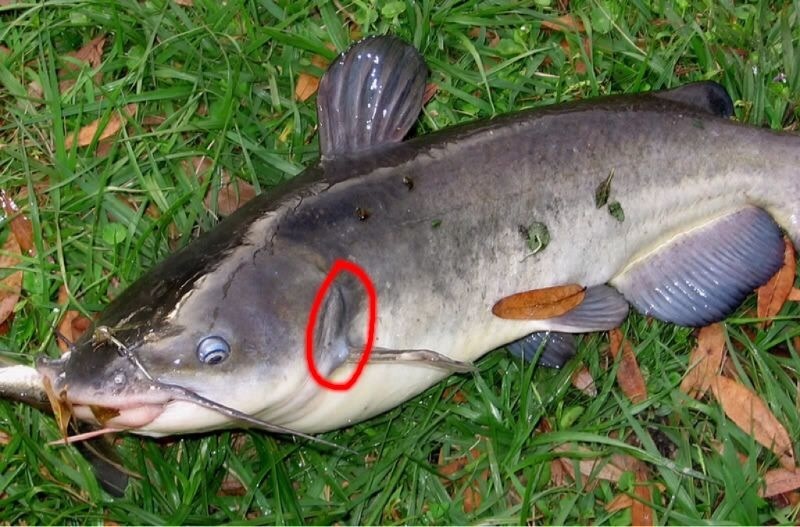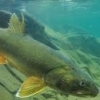
Gill Curl?
#1

Posted 16 December 2014 - 06:54 PM
#2

Posted 16 December 2014 - 07:26 PM
#3

Posted 17 December 2014 - 11:21 AM
Gerald Pottern
-----------------------
Hangin' on the Neuse
"Taxonomy is the diaper used to organize the mess of evolution into discrete packages" - M.Sandel
#4

Posted 18 December 2014 - 09:20 PM
Many fish have a membranous flap on the edge of the operculum that helps seal off this opening when the fish is inhaling through its mouth. It makes breathing more efficient by keeping the water flow going one-way, especially for fish that spend a lot of time lying or hovering in one spot. The length of the flap might change with age, or simply be related to body shape. For example, maybe males (with wider heads) need a longer flap to properly seal off the rear opening? Do you notice any correlation between head width (relative to body width behind the head) and flap length?
Interesting, that'sa very good adaptation to save energy during respiration, I never even would have thought that's what it could be, which it probably is if so many Ictalurids posses this feature. His head is roughly 1.5"-1.65" wide where the flap is and the flap is about 0.15"-0.2" side to side.
Reply to this topic
1 user(s) are reading this topic
0 members, 1 guests, 0 anonymous users


